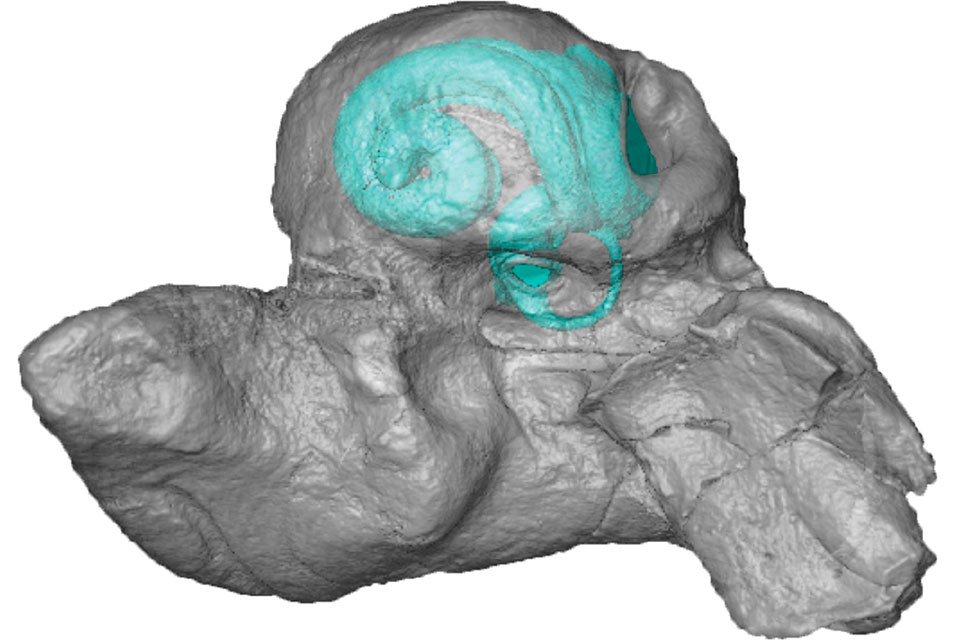LONDON.- One of the more unusual members of this group is the Ganges river dolphin, one of only two remaining species of its lineage, the platanistoids. The dolphin is primarily found in the Ganges and Brahmaputra rivers in India, Bangladesh, and Nepal. These often murky and muddied rivers make echolocation essential for the dolphins to find their fish prey.
Now a team, including researchers from
London’s Natural History Museum, have tried to uncover why this species has survived where others did not.
Senior author Dr Travis Park, a researcher from the Natural History Museum, explains, ‘The Ganges river dolphin is an unusual looking animal. It has a different body shape to the oceanic dolphins we are more familiar with and a long thin snout.’
‘The animal is almost blind and so it’s use of echolocation is essential to it’s survival and it was the evolution of this specialized ability that we set out to study.’
Echolocation is made possible by the specialised cochlea, a spiral cavity of the inner ear. However, until now, no one had examined the ears of fossil platanistoids.
Travis and his team utilized 3D scanning to look at fossil skulls of extinct platanistoids and compared the cochleae to the Ganges river dolphin and other living dolphin species. What they found was that, surprisingly, the shape differed hugely from even the dolphin’s closest relatives.
Travis adds, ‘The shape of the inner ear of these dolphins is markedly different from any living species, including those that also live in riverine environments.’
‘The cochlear spiral is quite flat and really spaced out. We think it is part of how it is dealing with high frequencies within the cochlear canal and that is related to its different use of echolocation.'
Dra Mariana Viglino, a postdoctoral researcher at the Instituto Patagónico de Geología y Paleontología, Argentina, who led the project, commented, 'We found that there is no typical platanistoid inner ear shape. Even within this group, the Ganges river dolphin is an outlier.’
'So, then we thought that maybe the unusual ear shape is why it survived when the rest of its group went extinct.’
The team concluded that the unique shape of the cochlea in the Ganges river dolphin may allow it to better filter out background noise and focus its echolocation for greater success when hunting. This may have given the species a competitive edge at times of high competition which would explain how it has survived when its closest relatives have not.
With only a few thousand individuals of both species remaining, these are under threat of extinction. Studies such as this reveal just how unique an animal they are and will hopefully increase interest in the current conservation efforts being made to protect them.
Travis concludes, 'If we lose these species, we are losing the only two surviving representatives of this once huge group. By evolutionary metrics, this would be a devastating loss.'
The study Hearing from the ocean and into the river: the evolution of the inner ear of Platanistoidea (Cetacea: Odontoceti) is published in the journal Paleobiology.










